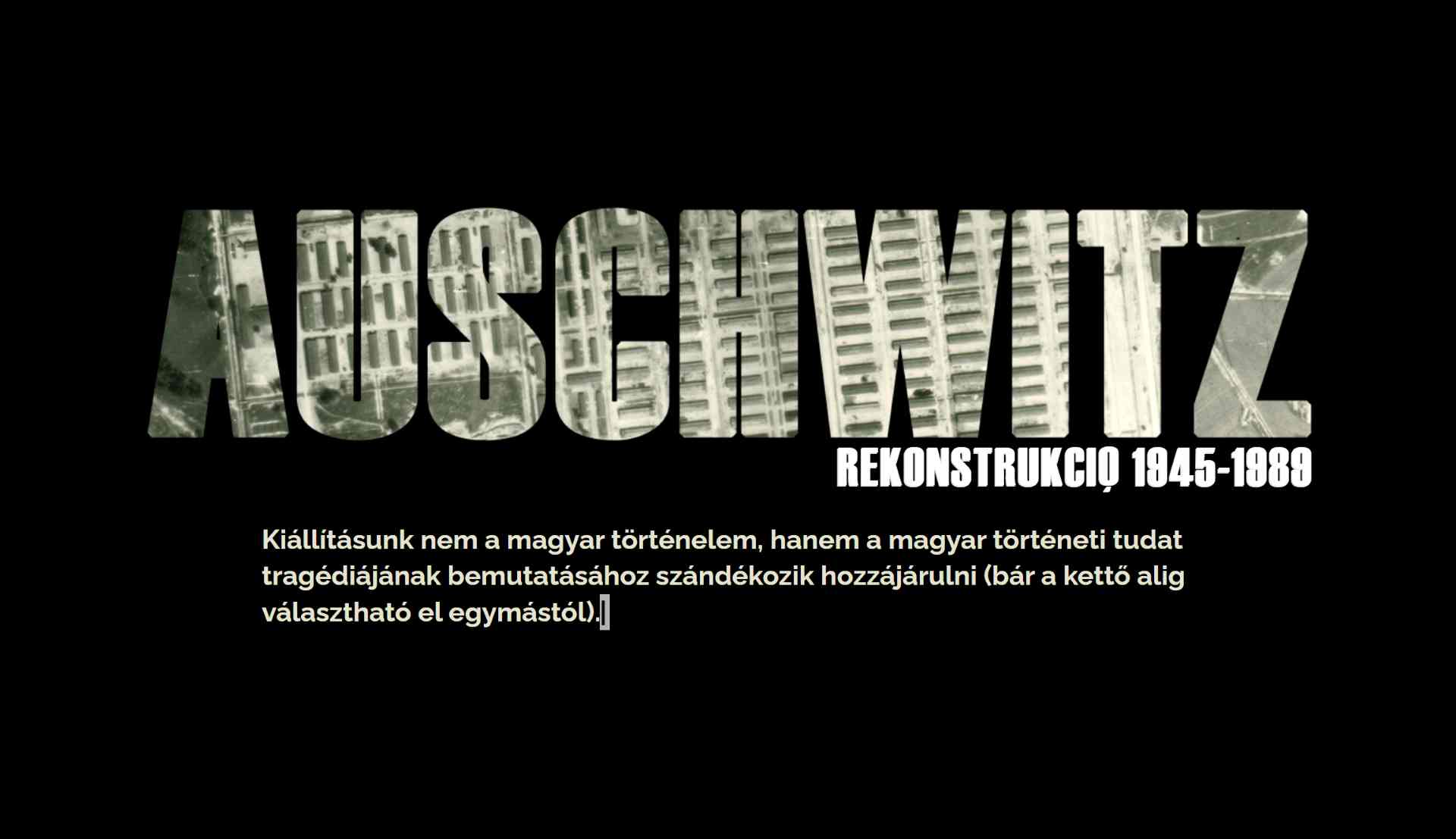Commissioned Memory

views of the exhibition at Blinken OSA Archivum, Galeria Centralis, 2023
Introduction
Contrary to popular belief, the Holocaust was not a taboo in the fine arts of early Socialist Hungary. In addition to numerous non-commissioned works of art, the subject also emerged within official memory politics. The research-based exhibition and the accompanying book in preparation present an early Kádár-era chapter of Holocaust memory in the fine arts; the rediscovered art material from the 1960s Hungarian exhibitions in Auschwitz.
The Polish museum, operating at the site of the former concentration camp, offered barracks for national exhibitions from 1960 onward. In 2004, the Blinken OSA Archivum presented the history of the Hungarian exhibitions in Auschwitz under the title Auschwitz 1945–1989. Reconstruction. At that time, however, nothing was known about the fact that the organizers had commissioned a monumental art collection, as an illustration to the historical material of the (supposedly) first exhibition in 1965. The current exhibition reconstructs this completely forgotten group of artworks.
The 1965 Auschwitz exhibition was the second major state project connected to the memory of the Holocaust, after the Hungarian memorial in Mauthausen designed by Agamemnon Makrisz (1959–64). The exhibition and the works on display (by Gyula Hincz, János Kass, Béla Kondor, György Konecsni, Gyula Konfár, István Martsa, József Péri, József Somogyi, Endre Szász, and Imre Varga—unlike the rejected sculpture by Tibor Barabás) presented a historical narrative that emphasized antifascism, with particular reference to the role played by the Communists, whom the authorities regarded as their own ancestors and a source of legitimacy. Although none of the commissioned artists had any first-hand experience of the Holocaust, the figure and perspective of the victims were still represented both in the works and in the press, thus shaping the public memory of the Holocaust.
Nevertheless, the works soon disappeared from view: in 1979, as used exhibition decorations, they were relegated to the storage of a museum in Hungary, where most of them have remained until now. The exhibition reconstructs the history, original subject, and context of the works, which have lost their original meaning and function.
Historical research has only recently revealed that the 1965 exhibition was preceded by a smaller one in 1960. Research in preparation for the current reconstruction confirmed that visual art here also played a role: works by surviving women artists (Ágnes Lukács and Rózsa Káldor), produced immediately after the war, were exhibited as testimonies and authentic illustrations of the historical narrative. It was furthermore possible to link to the 1960 exhibition a completely unknown large painting depicting Hitler as a vampire, and to identify the work on which the composition was based: an early drawing by Simon Wiesenthal, who later became known as the “Nazi hunter.”
Both 1960s exhibitions were completely devoid of the subject of the Roma Holocaust. In order to compensate for this, the current exhibition presents the earliest work in Hungary dealing with the topic, initiated by Roma intellectuals but never realized; an abstract memorial by György Jovánovics from 1974.
The analysis of Hungarian exhibitions in Auschwitz highlights the important role of visual art both as testimony and as exhibition decoration, and also confirms that the memory of the Holocaust was indeed present in the public space in the early years of Socialism, although initially only abroad and within the framework of antifascist memory politics.

virtual exhibition, 2004
created by: Loránt Holtzer, András Mink, Ferenc Nemzetes, István Rév, Miklós Tamási, Károly Timári
high-resolution reconstruction, created by Károly Timári:
https://auschwitz.osaarchivum.org/
original version:
http://w3.osaarchivum.org/galeria/auschwitz/











